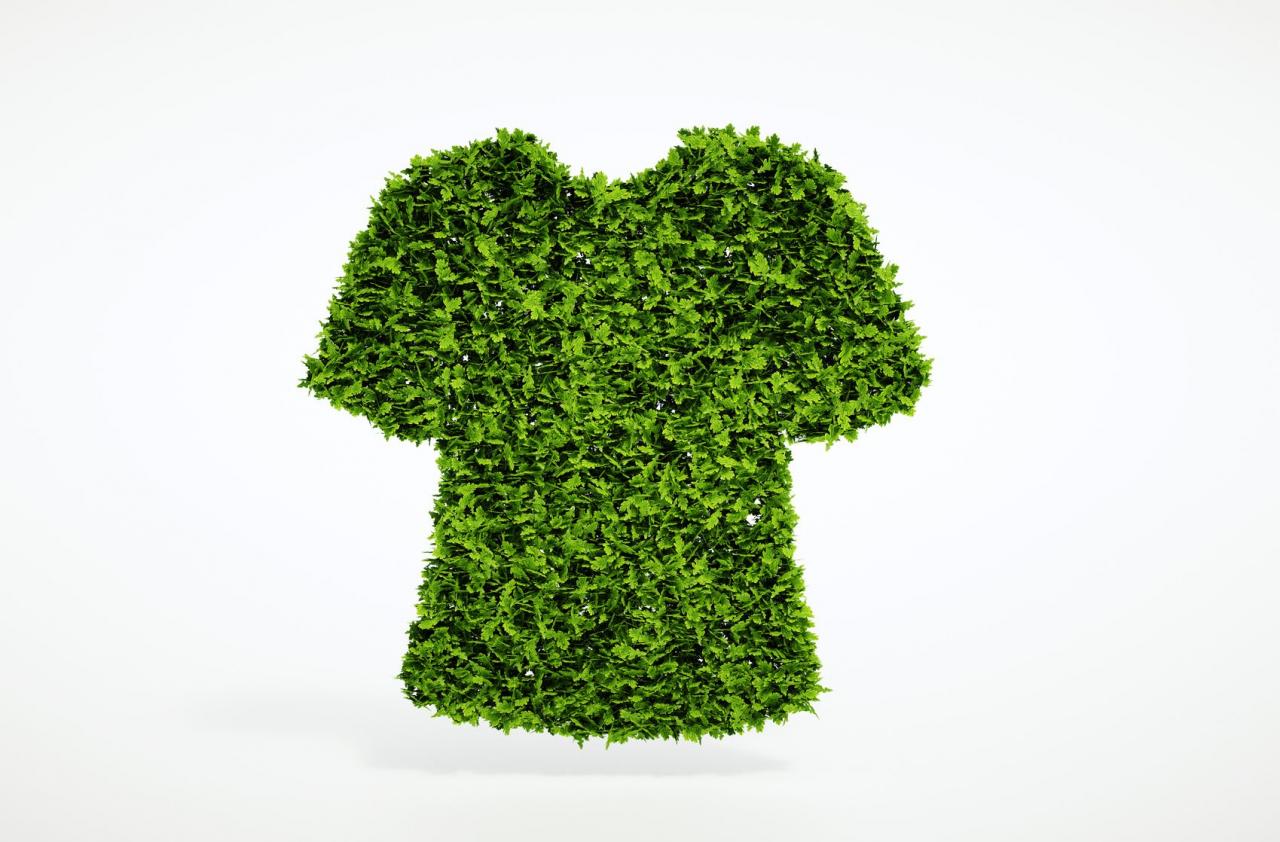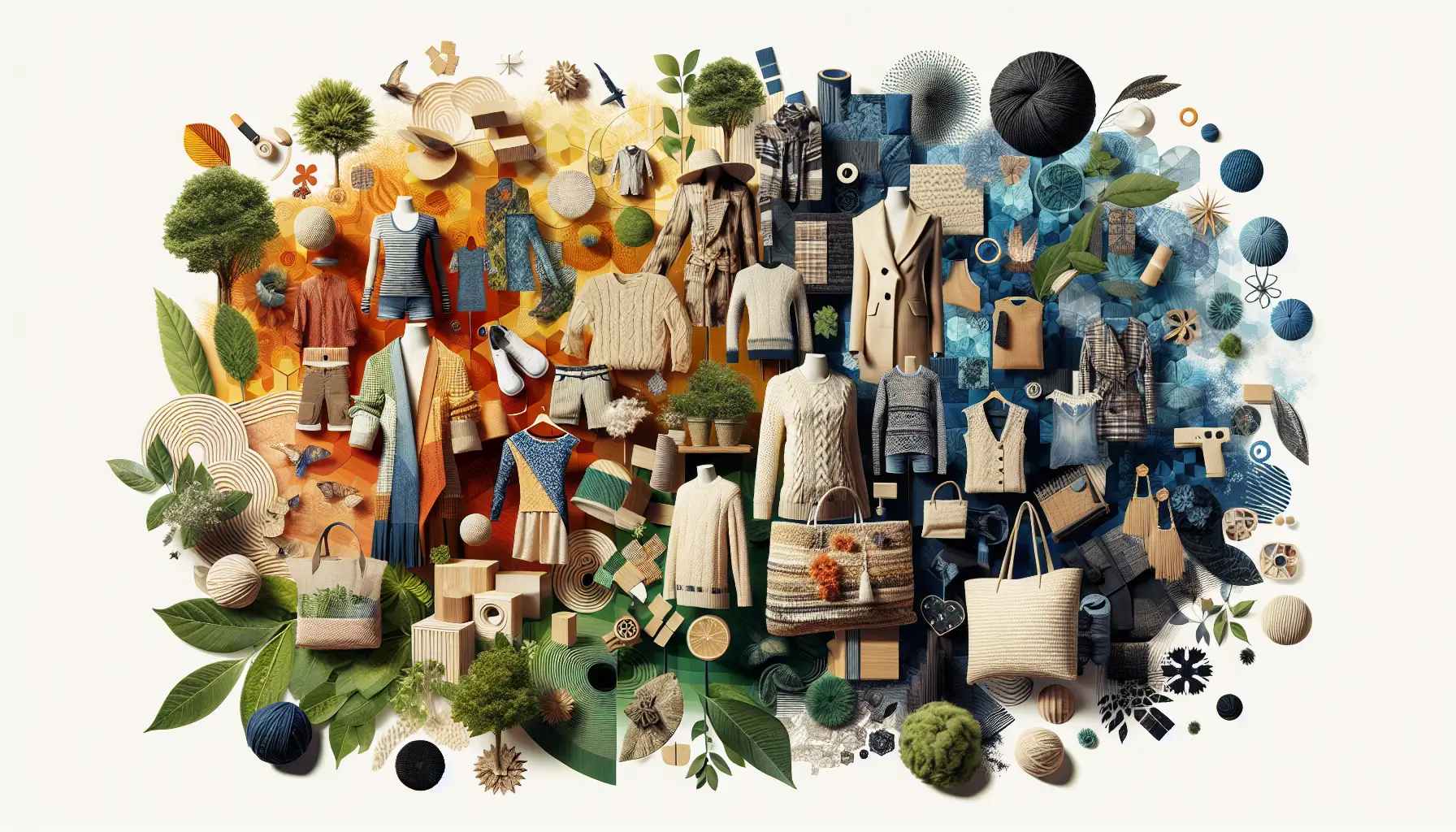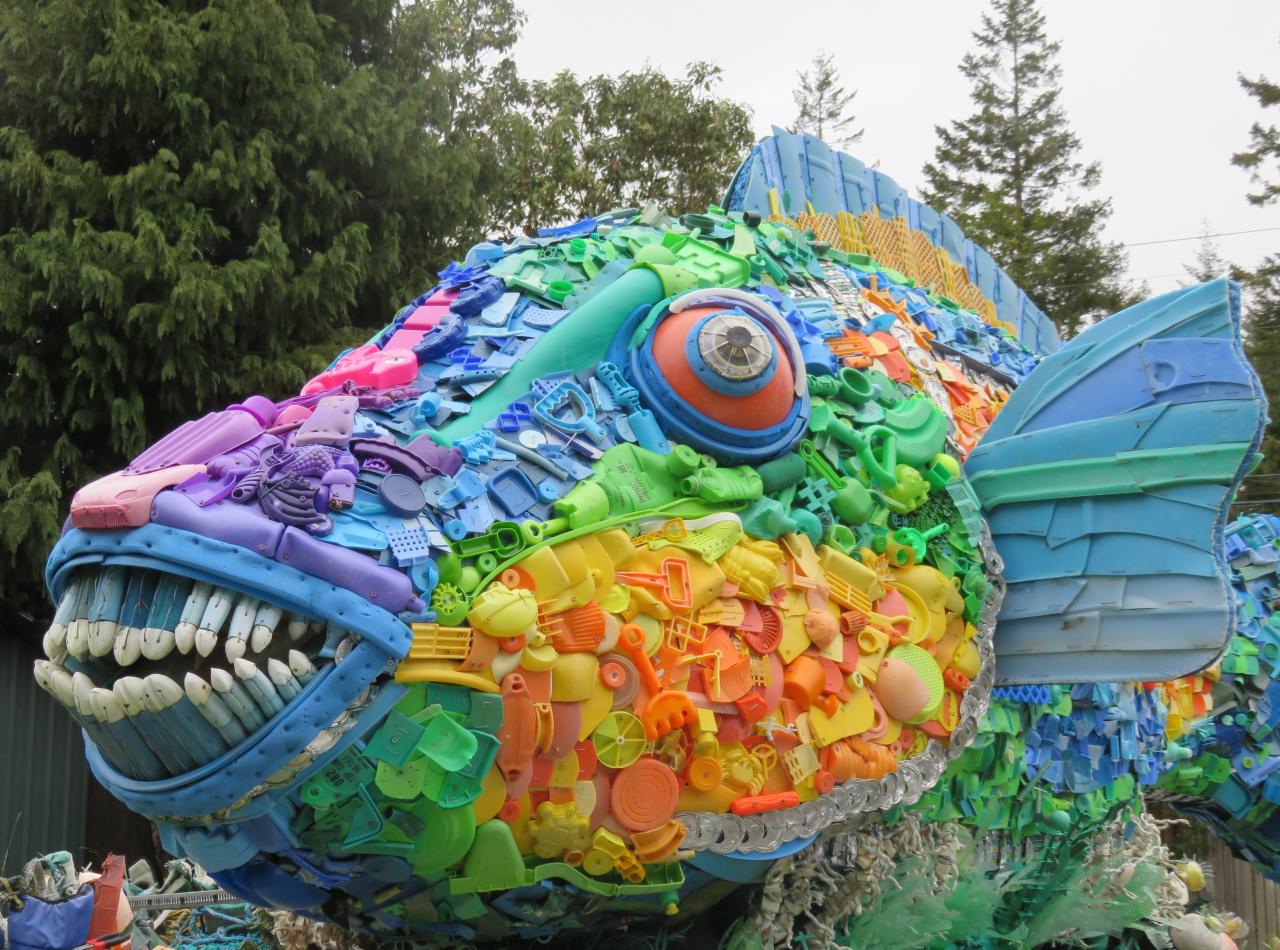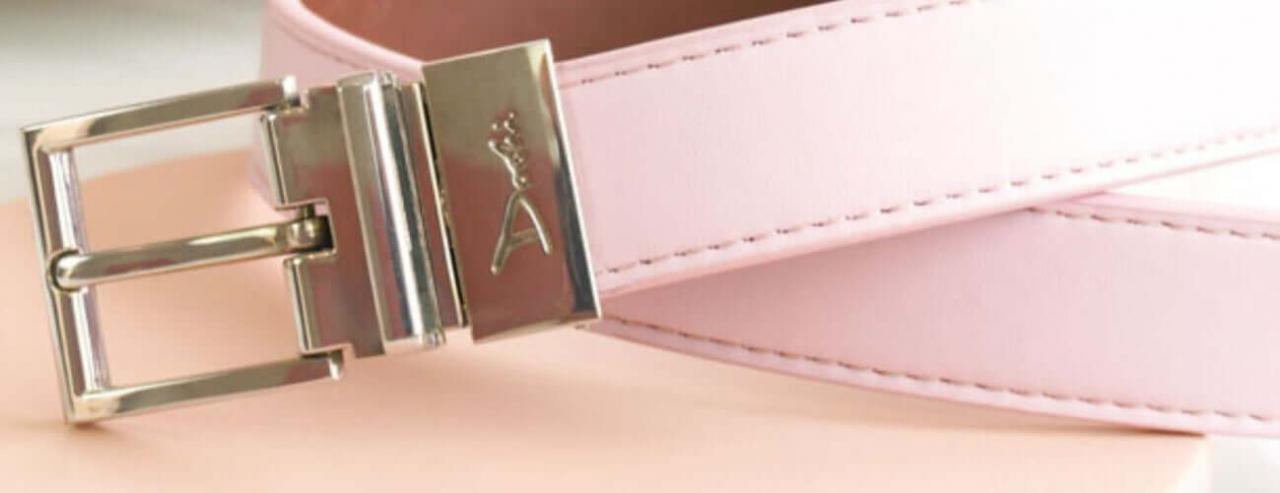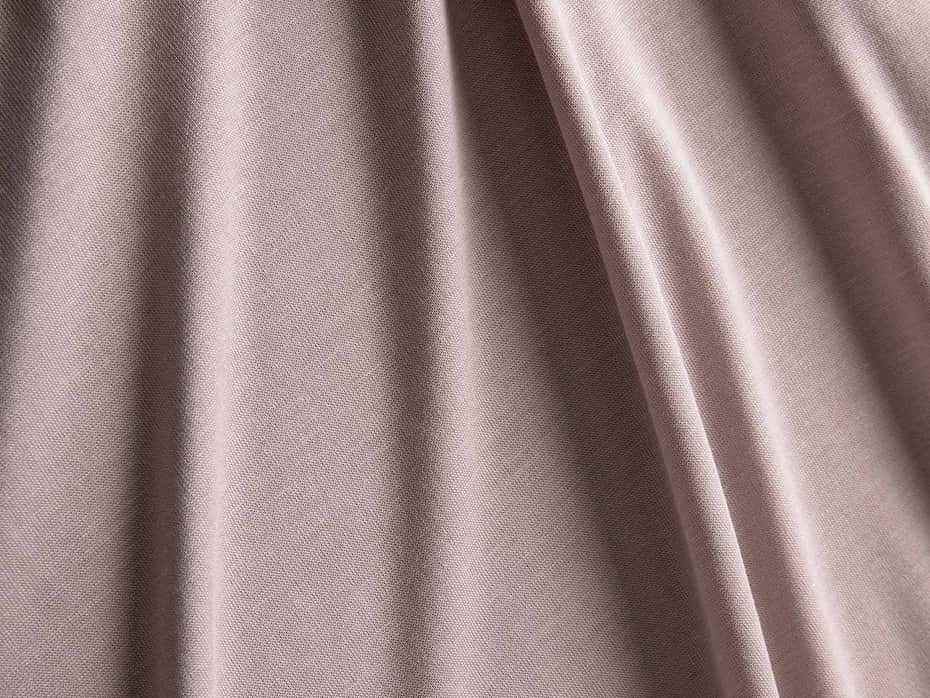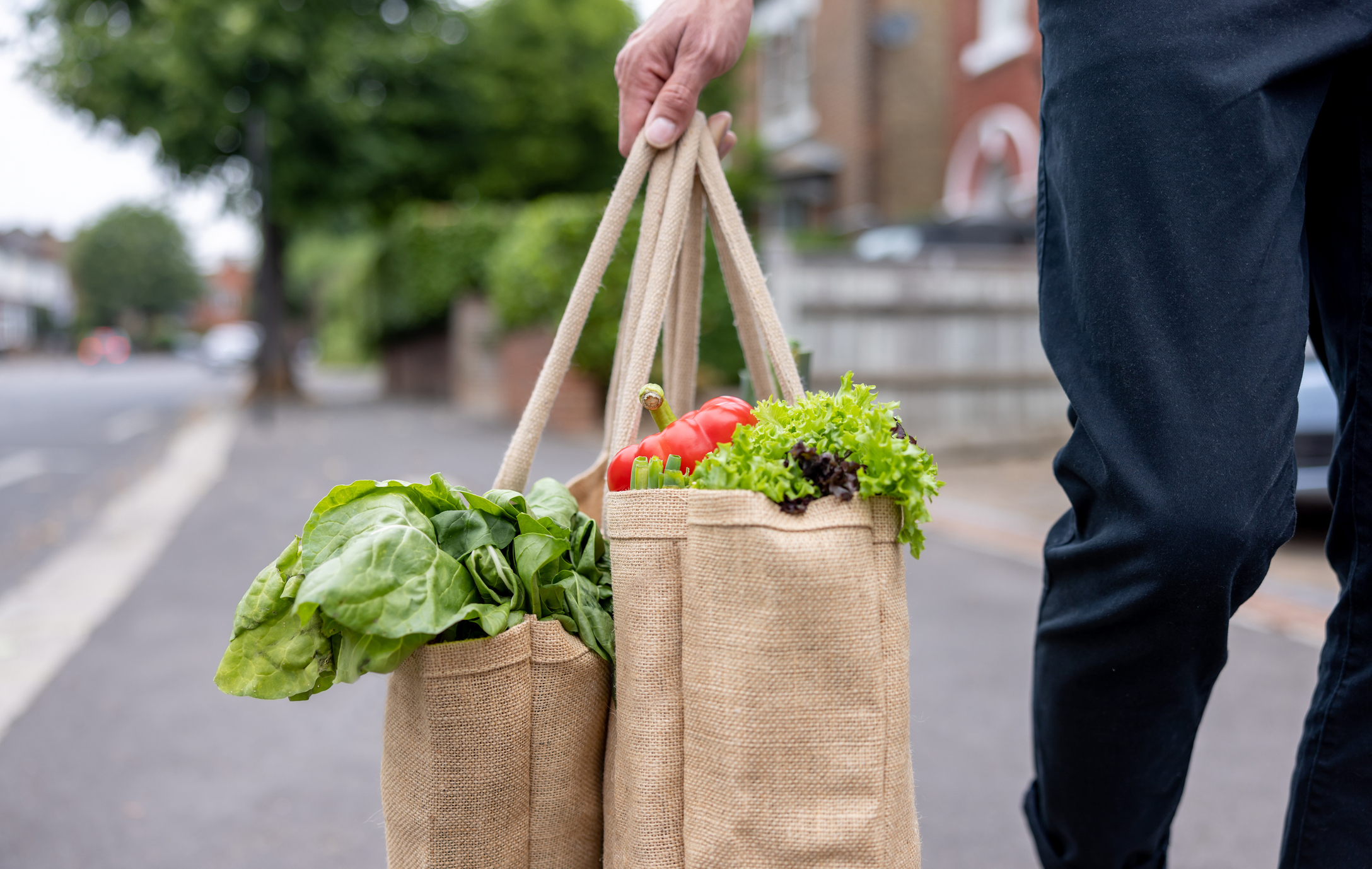Earth-Friendly Textiles: The Rise of Biodegradable Fabrics
Share
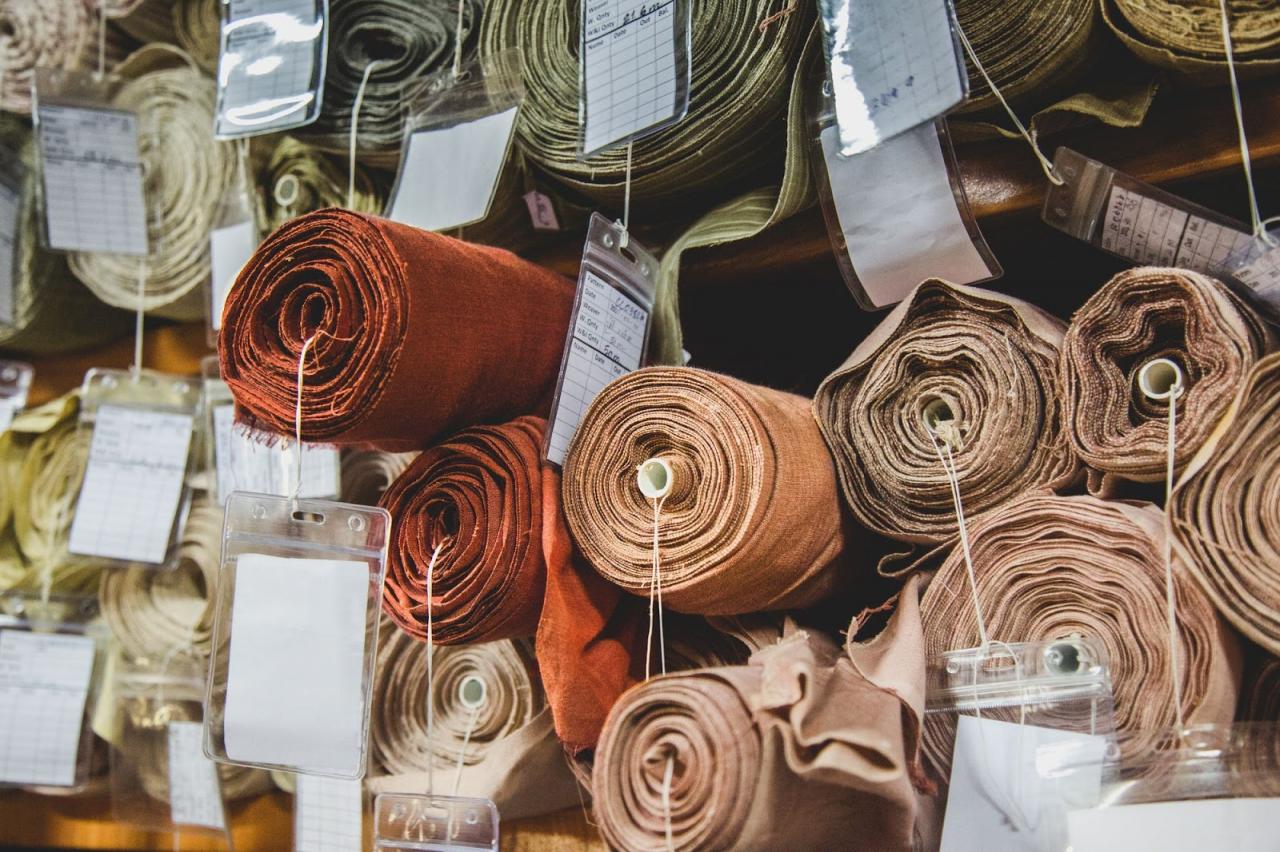
In an era where sustainability is at the forefront of consumer consciousness, the textile industry is experiencing a revolution. The rise of biodegradable fabrics is paving the way for a greener future, offering environmentally-friendly alternatives to traditional materials. From innovative plant-based fibers to cutting-edge recycling technologies, the world of Earth-friendly textiles is expanding rapidly. Join us as we explore the exciting developments in sustainable fashion and discover the beauty of biodegradable fabrics.

Exploring the Environmental Impact of Traditional Textiles
When it comes to traditional textiles, the environmental impact is a major concern in today’s society. With the rise of sustainability and eco-consciousness, more and more people are turning to biodegradable fabrics as a way to lessen their carbon footprint and reduce waste. These Earth-friendly textiles are becoming increasingly popular for their minimal impact on the environment and their ability to decompose naturally.
One of the key advantages of biodegradable fabrics is their ability to break down quickly once they are discarded. Unlike synthetic materials that can take hundreds of years to decompose, biodegradable fabrics such as organic cotton, linen, and hemp can naturally degrade in a much shorter period of time. This means that they do not contribute to the growing problem of plastic pollution in our oceans and landfills.
Another benefit of biodegradable fabrics is that they are often made from sustainable sources. Organic cotton, for example, is grown without the use of harmful pesticides and chemicals, making it a more environmentally friendly option compared to conventional cotton. By choosing biodegradable fabrics, consumers can support ethical and sustainable practices in the textile industry while also reducing their impact on the planet.
The Emergence of Biodegradable Fabrics in the Fashion Industry
Biodegradable fabrics have been making waves in the fashion industry, offering a sustainable alternative to traditional textiles. These eco-friendly materials are designed to break down quickly and naturally, reducing the environmental impact of clothing production and disposal.
One of the most popular biodegradable fabrics is organic cotton, which is grown without synthetic pesticides or fertilizers. This natural fiber is not only gentle on the planet but also on the skin, making it a favorite among conscious consumers. Another emerging biodegradable fabric is Lyocell, also known as Tencel, which is made from sustainably sourced wood pulp. It has a silky smooth texture and is biodegradable in soil.
Brands are increasingly incorporating biodegradable fabrics into their collections, responding to the growing demand for sustainable fashion options. By choosing clothing made from earth-friendly textiles, consumers can reduce their carbon footprint and support a more environmentally conscious fashion industry.
Advantages of Choosing Biodegradable Textiles
One of the key advantages of opting for biodegradable textiles is their positive impact on the environment. Traditional fabrics, such as polyester and nylon, are made from non-renewable resources like petroleum and emit harmful chemicals during production. In contrast, biodegradable textiles are often made from natural materials like organic cotton, hemp, and bamboo, which are sustainable and eco-friendly.
Another benefit of biodegradable textiles is their ability to break down naturally over time, reducing the amount of waste that ends up in landfills. When these fabrics are discarded, they decompose into organic matter, helping to minimize environmental pollution. This biodegradable characteristic also means that these textiles have a lower carbon footprint compared to synthetic materials, making them a more sustainable choice for conscious consumers.
Tips for Incorporating Sustainable Fabrics Into Your Wardrobe
When it comes to creating a more sustainable wardrobe, incorporating earth-friendly textiles is key. One of the latest trends in the fashion industry is the rise of biodegradable fabrics, which are made from materials that can break down naturally without causing harm to the environment. These fabrics not only help reduce the carbon footprint of the fashion industry but also provide a stylish and eco-friendly option for consumers.
One popular biodegradable fabric is organic cotton, which is grown without the use of synthetic pesticides or fertilizers. This makes it a more environmentally friendly option compared to traditional cotton. Another sustainable fabric to consider is tencel, which is made from eucalyptus trees and is known for its soft and breathable qualities. Other biodegradable options include bamboo and linen, both of which are durable and naturally renewable.
When shopping for sustainable fabrics, look for certifications such as GOTS (Global Organic Textile Standard) and OEKO-TEX Standard 100, which ensure that the fabrics meet certain environmental and social criteria. Additionally, consider exploring second-hand and vintage shops for unique pieces made from sustainable textiles. By incorporating biodegradable fabrics into your wardrobe, you can make a positive impact on the environment while still looking stylish and chic.
As we continue to strive for a more sustainable and eco-friendly future, the rise of biodegradable fabrics is undoubtedly a step in the right direction. From innovative materials like bamboo and corn fiber to traditional options like linen and hemp, there are now more Earth-friendly textiles available than ever before. By choosing to support these fabrics, we can help reduce the environmental impact of the fashion industry and pave the way for a more sustainable world. Let’s embrace the beauty of biodegradable fabrics and make a positive difference for our planet with every purchase we make. Join the movement towards a greener future today!
